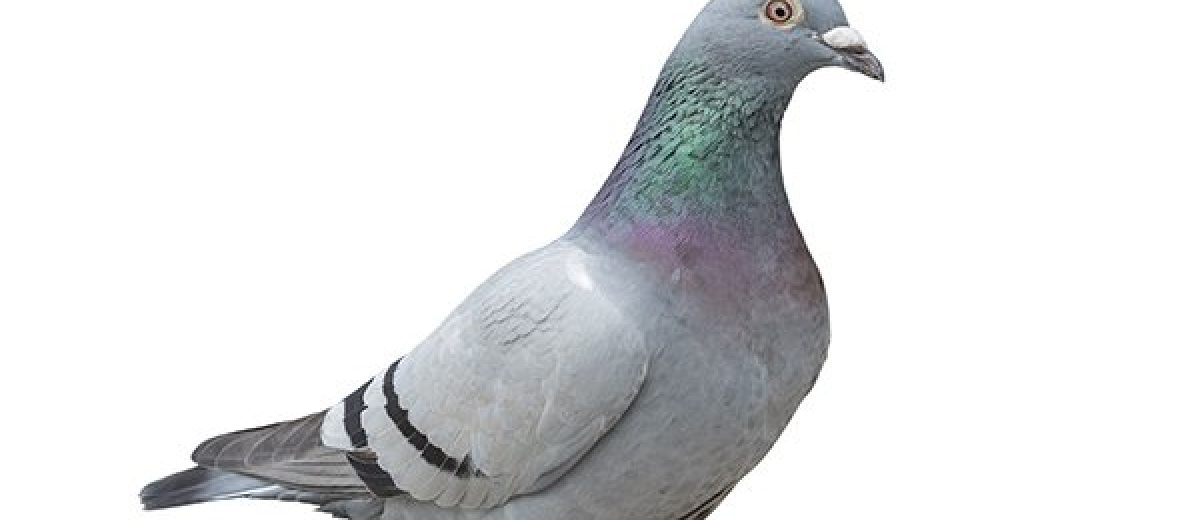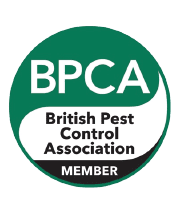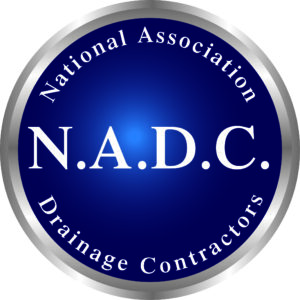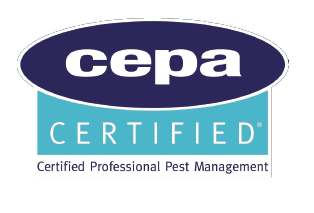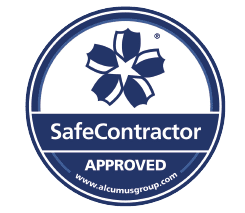Pigeon problems can be very challenging to resolve. Pigeons and Gulls in particular can easily displace to other areas of a building. As well as this, the latest Wild Birds and Netting Guidance issued by RSPCA puts the responsibility on all building managers or owners of properties with netting to set up a system to regularly check for trapped birds. Legal action using The Wildlife and Countryside Act 1981 can be used if birds are getting entangled in broken or poorly-installed netting. Humane pigeon control can be carried out using our specialist systems and expertise.
It is vital to take into account bird behaviour as well as the building type, so the specialist contractor should spend time identifying the species and very importantly, looking at
how the birds are using the areas in the vicinity. Individual areas are then classified into types of ‘pressure’ depending on the behaviour of the birds. Interestingly a building may have several individual areas with different pressures.
High and Medium Pressure Locations
High-pressure locations are night roosting and nesting areas. These areas are very important to birds and are likely to be in sheltered areas. Birds will be persistent in trying to return to these places so extensive proofing will be required. Alternative locations will suffer significantly from displacement.
Medium pressure locations are feeding and loafing areas. Loafing areas are where birds rest or sunbathe during the day and are normally south-facing sunny ledges and roofs. Nearby areas are likely to suffer from displacement and well-designed proofing will be needed to ensure that the birds cannot access these areas again. Light pressure locations are ‘look out’ places and some loafing areas; simple proofing will suffice here and displacement is unlikely to be a significant problem.
Solutions
Once the building has been classified by pressure type, we then look at the various bird control options. Due to the variety of options, it is very important to match the proposed solution to the type of building, bird species and type of pressure. Buildings very often have a combination of products installed. We classify products into those that physically prevent the birds from landing on the building such as netting, spikes and bird wire, and those that alter birds’ behaviour:
Avishock is an electric track, that is low profile and emits a low electric shock when a bird tries to land on the track. No harm is caused to the bird however they associate
the ledge with danger and will displace elsewhere.
• Bio-acoustics; these can be handheld, vehicle-mounted or permanently mounted depending on the area. Bio-acoustic systems emit distress calls specific to the target species, which means they associate the area with danger.
• Lasers can also be handheld or mounted. Birds recognise the constantly moving bright laser beam as a physical threat.
• Eagle-eye is a fairly new product that is eco-friendly. Birds are irritated by the reflected light beams which flash at different angles from the unit, which rotates.
Falconry relies on a bird of prey, usually a Harris Hawk, which is flown on a regular basis to establish a territory that the birds will then avoid.
All of these products are good solutions but only if deployed in the right situation taking into account the building, the bird species and their behaviour. Get it wrong and it can be very costly. Humane pigeon control is available, contact us to discuss your site further.



